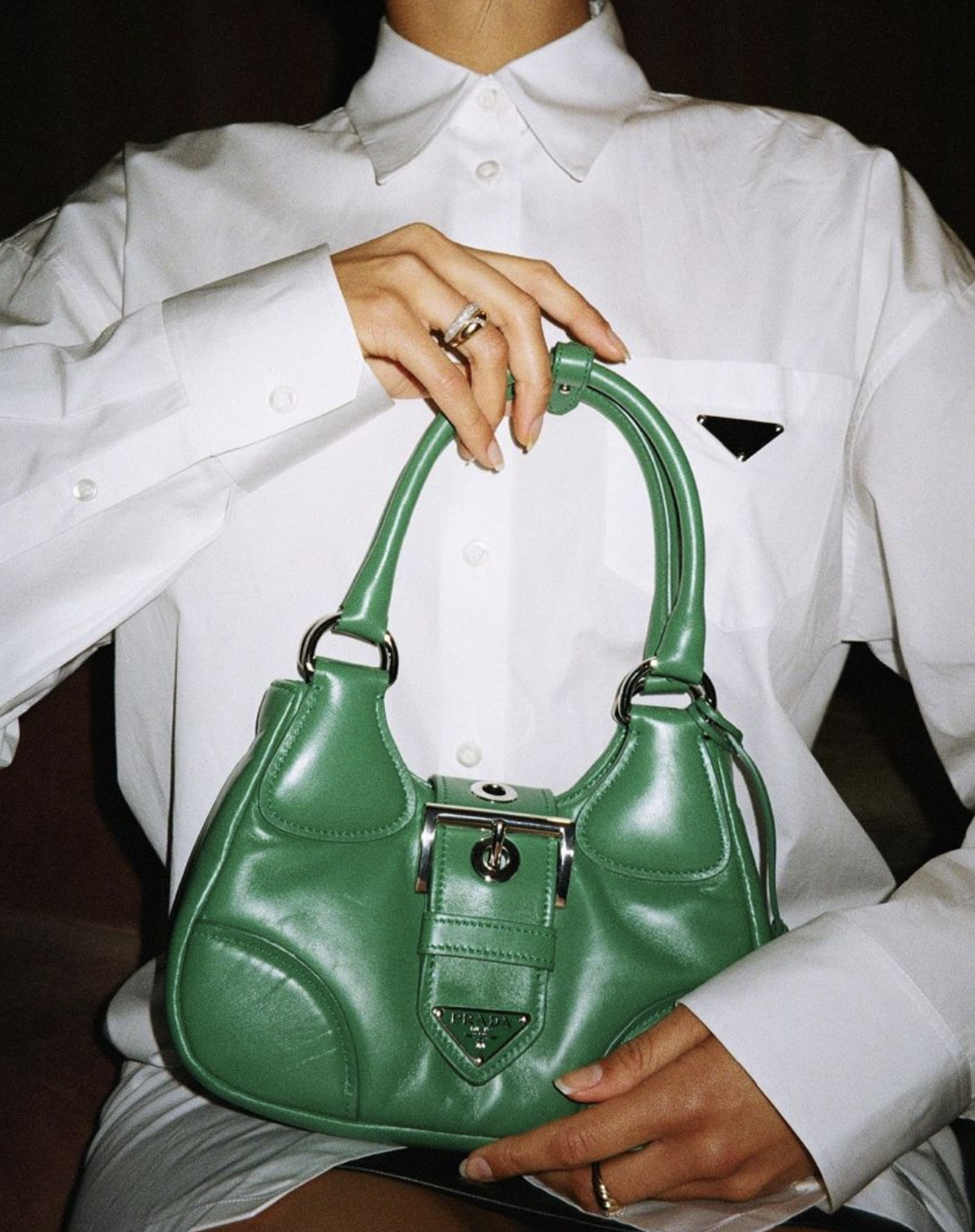Lady Gaga, celebrated for combining avant-garde fashion with her own unique flair, has once more drawn attention by including a surprising accessory in her upscale attire. On this occasion, it’s a Labubu figurine—a whimsical collectible item that has found favor among niche fashion and art enthusiasts—affixed to her famous Hermès purse, resulting in a bold juxtaposition that blends high-end couture with the appeal of pop art.
The move is emblematic of Gaga’s long-standing approach to fashion: pushing boundaries while staying rooted in personal expression. Her choice to pair a high-end Hermès Birkin or Kelly (the brand of choice hasn’t been officially confirmed) with a whimsical, wide-eyed Labubu suggests a deliberate break from tradition, and a desire to infuse her style with both humor and narrative. It’s not just a bag; it’s a canvas for character, story, and sentiment.
For individuals who may not know, Labubu is a character originating from the “Ziqi Culture” toy series, created by Kasing Lung, an illustrator from Hong Kong. These toys belong to the expanding worldwide movement of collectible designer toys, often referred to as “art toys” or “urban vinyl.” Typically produced in limited quantities and highly desired by collectors, Labubu’s playful look and fluffy design stir a sense of youthful curiosity that has unexpectedly resonated within the high-end fashion industry.
Gaga’s choice to feature this accessory—especially in a prominent manner—is seen by certain fashion enthusiasts as being more than merely a whimsical addition. It signifies a wider cultural transformation in how style leaders blend and combine prestige indicators with elements of nostalgia, urban art, and modern design. In a time where exclusivity is frequently shown through simplicity and moderation, Gaga persists in embracing maximalism—integrating personal references, varied textures, and multiple meanings into her ensembles.
The performer and actress has consistently advocated for uniqueness instead of following the crowd. With outfits ranging from meat dresses to structured gowns, her style choices often make bold statements—regarding fame, identity, and art. Here, her inclusion of Labubu suggests the ongoing transformation in luxury fashion, which now emphasizes personalization and storytelling rather than just cost or heritage.
It is important to mention that Labubu figures are showing up more often in street-style photography and fashion editorials, indicating a subtle merge of art toy culture with high fashion. What used to be seen as niche or subcultural is now becoming part of mainstream luxury stories. Gaga, always on the forefront of such trends, seems to be adopting this blend with typical style.
While fashion blogs and fan accounts have speculated on the specific model and edition of the Labubu she carries, what’s clear is that Gaga’s version aligns perfectly with her eclectic style—featuring soft colors and unique detailing that don’t compete with the refined leather of the Hermès, but rather playfully complement it. The juxtaposition serves not only as visual contrast but as a subtle commentary on the changing definitions of luxury and taste.
Premium labels have recognized this phenomenon. Numerous upscale brands, such as Dior, Louis Vuitton, and Gucci, have tried partnerships in recent years that mix classic artisanal skills with contemporary cultural motifs and whimsical features. In this regard, Gaga’s choice of accessories is not merely a personal statement—it resonates with larger industry trends that welcome innovation and cross-cultural cooperation.
Gaga’s fashion choices often transcend their visual appeal and enter the realm of artistic curation. The Hermès-Labubu pairing may seem incongruous at first, but for Gaga, that juxtaposition is precisely the point. She continues to invite her audience to think about what it means to mix the classical with the contemporary, the pristine with the peculiar. Her handbag becomes not just a fashion item, but a symbol of openness—an invitation to play, experiment, and reinterpret beauty on one’s own terms.
The reaction from fans and fashion lovers has been very positive. Social media sites have been filled with pictures of Gaga’s bag, prompting discussions not only about Labubu’s design but also about how high-end fashion can develop with character and wit. Some have even labeled her selection as “post-luxury,” highlighting how Gen Z and millennial shoppers value narrative and innovation over traditional status markers.
It presents intriguing considerations for the evolution of fashion promotion. As audiences continue to prioritize personal expression and cultural sensitivity, companies might increasingly consider individuals like Gaga—who defy conventional standards yet remain unquestionably fashionable—as important influencers in how their offerings are viewed and favored. Items once seen as novelty goods could be reimagined as essential pieces, purely through the influence of celebrity innovation.
In many ways, Gaga’s fashion ethos mirrors her artistic career: unapologetically bold, frequently surprising, and always deliberate. Whether performing on stage, walking a red carpet, or spotted on the street, she treats her appearance as a living art installation, one that evolves with the times and always invites closer inspection.
Regarding Labubu, its presence on Gaga’s bag could herald a fresh phase for designer toys as sought-after fashion pieces. Enthusiasts and collectors might start viewing these items not just as display-worthy treasures, but as portable expressions—small sculptures that move, motivate, and transform our perception of fashion.
Gaga’s embrace of this unexpected pairing reaffirms a message she’s long embodied: luxury is what you make of it, and fashion is most powerful when it reflects a fully realized, unfiltered self. Whether it’s a storied handbag or a mischievous toy hanging from it, the beauty lies in the story it tells.
:format(jpeg)/cdn.vox-cdn.com/uploads/chorus_image/image/45451490/2010_4_GagaBirkin.0.jpg)


